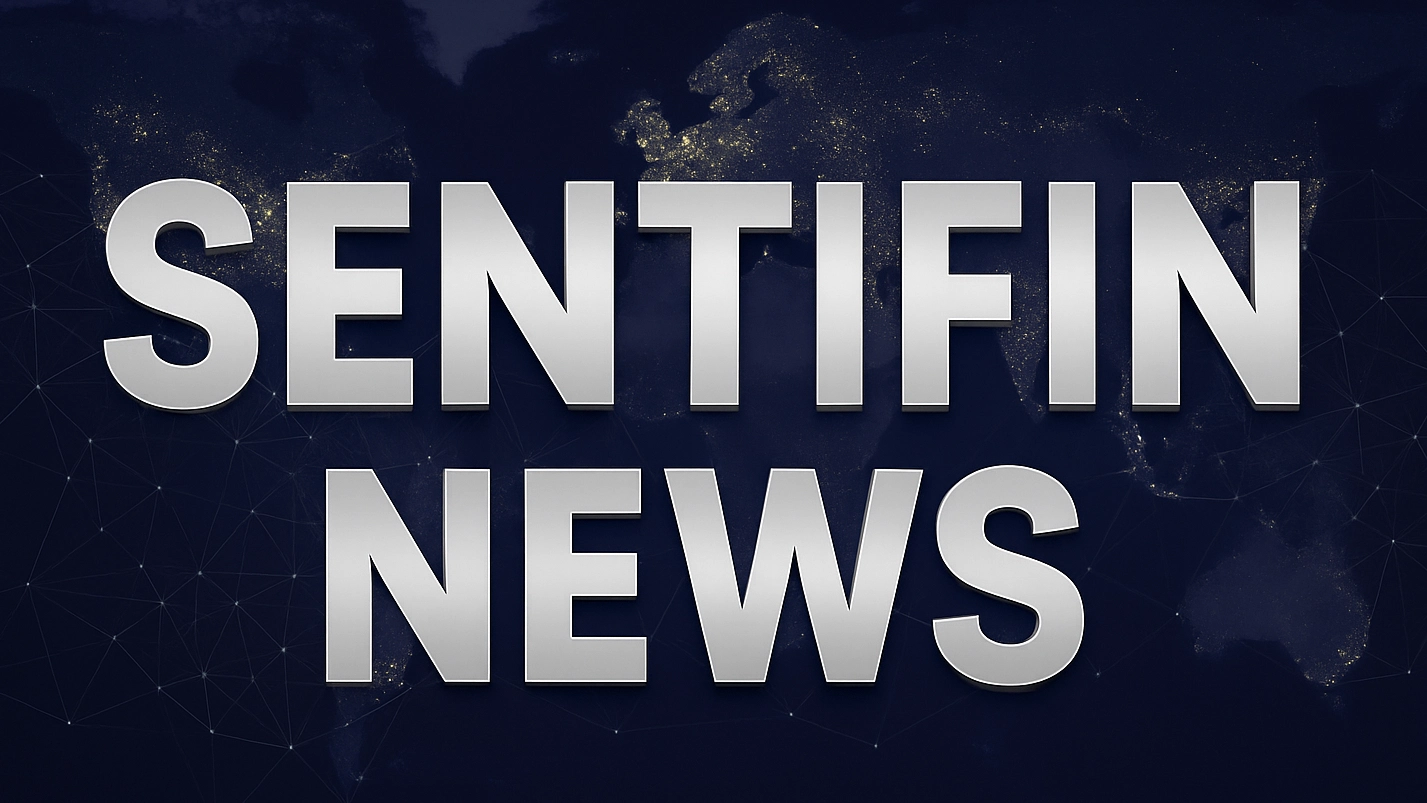India holds rates steady at 5.5% in line with forecast as central bank assesses earlier cuts

News Summary
The Reserve Bank of India (RBI) kept its policy rate unchanged at 5.5% in December 2024, aligning with economists' expectations. RBI Governor Sanjay Malhotra noted that inflation moderated significantly in Q1, but growth could decelerate in the second half of the fiscal year due to global trade uncertainties. The full effects of an earlier 50-basis-point rate cut in June have yet to filter through the economy. The Monetary Policy Committee deemed it prudent to pause policy action following a recent goods and services tax (GST) cut and amid unfolding trade-related uncertainties. The RBI forecasts the economy to grow by 6.8% in fiscal year 2026, with Q2 at 7%, moderating to 6.4% and 6.2% in subsequent quarters. The average headline inflation rate has been revised to 2.6% for FY2026. In August, the U.S. imposed an additional 25% tariff on Indian imports (bringing total duties up to 50%), citing New Delhi's purchases of Russian oil. This heavily impacted labor-intensive sectors like textiles, gems, jewelry, and marine products. To mitigate the tariffs' impact, the Indian government reduced GST on several items on September 22 to spur domestic demand. Goldman Sachs had previously raised India's real GDP growth forecast for 2025 to 7.1%.
Background
India's economy faced multiple challenges in mid-2024, including global trade uncertainties and tariffs imposed by the U.S. due to geopolitical reasons (India's purchases of Russian oil). Despite a significant rate cut by the RBI in June, its full impact had not yet materialized. Domestic consumption accounts for over 60% of India's GDP, making it less dependent on exports. To stimulate internal demand and offset the impact of U.S. tariffs, the Indian government reduced the Goods and Services Tax in September. The Reserve Bank of India's monetary policy plays a crucial role in balancing inflation control and economic growth, particularly amidst a complex and evolving external environment.
In-Depth AI Insights
1. How does the RBI's "patient" monetary policy stance navigate the complex interplay of geopolitical and domestic economic pressures? - The RBI's decision to hold rates steady, while ostensibly to assess previous cuts, is a strategic wait-and-see approach amidst uncertainty, particularly with moderating inflation but escalating external trade headwinds. - The Trump administration's tariffs on India, linked to Russian oil purchases, are more than just a trade issue; they represent a strategic move in the U.S.'s global energy and geopolitical influence struggle, aiming to force allies to pick sides. Such "America First" pressures are likely to become normalized during Trump's new term in 2025. - The Indian government's GST tax cuts to stimulate domestic demand are a defensive measure against external pressures, highlighting the crucial role of internal growth drivers (consumption) in offsetting external shocks. However, their sustained effectiveness is questionable without parallel improvements in job creation. 2. What are the deeper strategic intentions behind the Trump administration's tariff actions against India, and their implications for regional supply chains? - The Trump administration's increased tariffs on India are a continuation of its